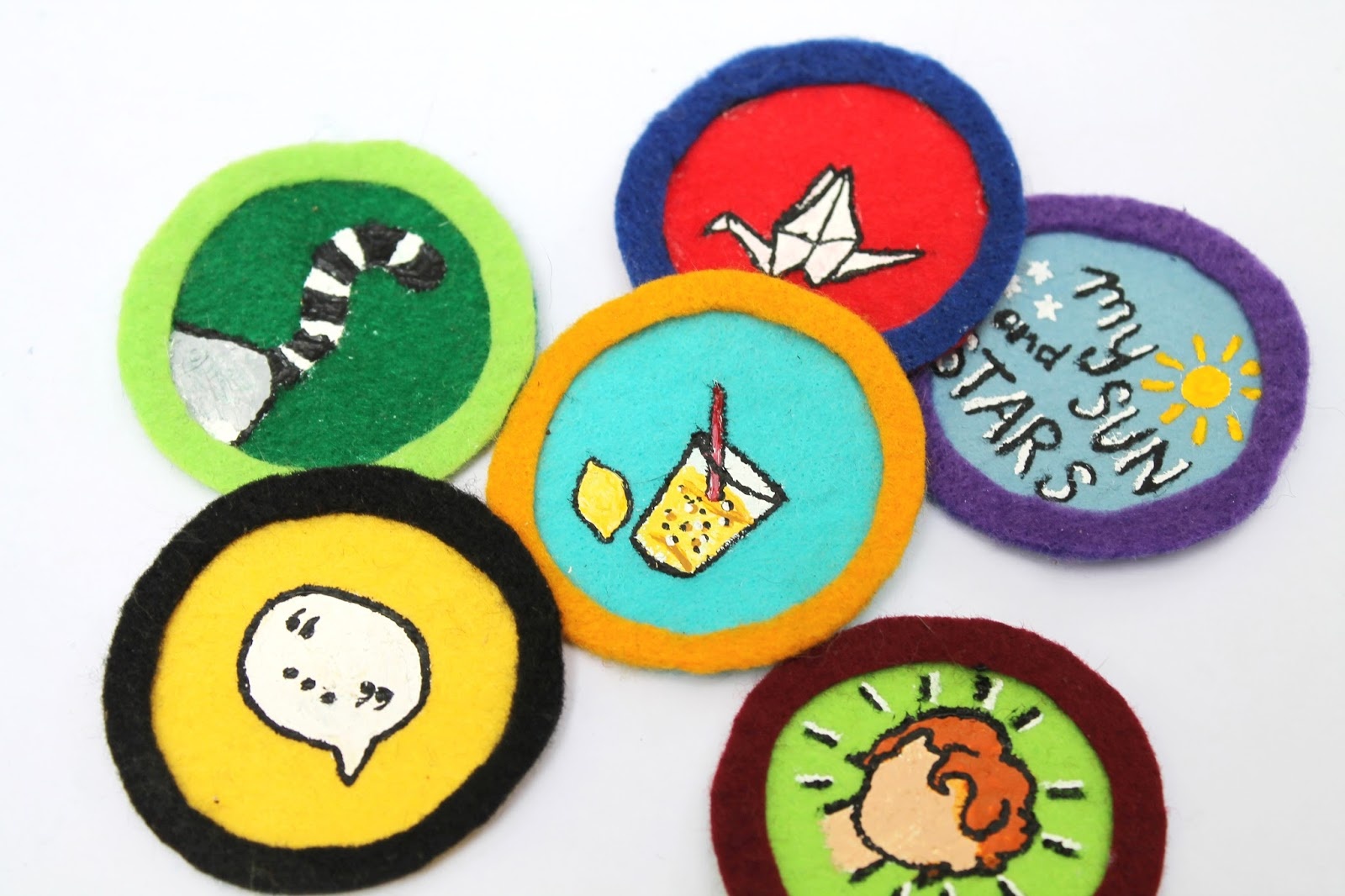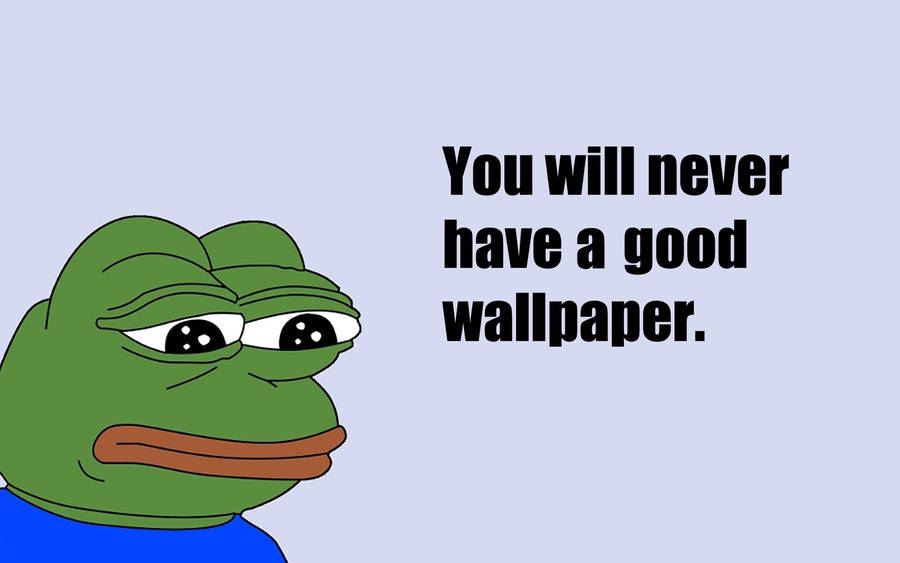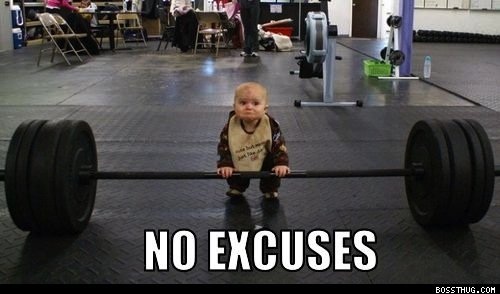My Purpose
I went to school to become a teacher, I emerged a builder of bridges.
The Digital Makerspace platform is designed as a foundation for the bridges we build with our students as 21st Century Learners. Today’s generation of learners needs to emerge from our classrooms as experts in critical and creative thinking, collaboration, communication, information, and media literacy. With this site, I intended to create a rigorous, A successful 21st Century classroom is one that bridges the gaps between the passive consumption of information, the active construction of meaning and the creative synthesis of concepts.
The Digital Makerspace - A Frame of Mind
First, do not be intimidated.
Take small steps.
The Digital Makerspace choice platform is scaffolded for both teacher and students. While the directions allow space for creativity, there are enough resources available to guide the consumption and creation of information using digital tools. Some of these tools vary enormously from traditional pen and paper tools, while others do not. There are 20 separate digital tools available within the site. They are organized from most accessible to most challenging according to the SAMR model of technology evaluation. Certain programs vary in rigor according to the method or project involved; in such a case, I have placed the product in multiple categories.
SAMR MODEL
I have used these programs successfully within my own classroom environment, implementing the tasks with students as young as grade 5 and as old as grade 11. Some projects require more than the modeling available on the website. In an effort familiarize students with a new medium, I will frequently roll out the program gradually. For example, before expecting students to recreate a novel entirely in memes, as assigned under the Meme Creator task, I asked each student to provide a meme for one different chapter within a novel we read as a group. Once each student created their meme, I was able to post the memes on a plotline demonstrating, collaboratively, the events depicted within our narrative as well as the process necessary for completing a meme book report.
The Digital Choice Board
The site itself is a digital choice board in which each column of the page represents one task. That task is broken into several key pieces:
Product/Platform: The first aspect of each column gives you my preferred digital tool for either an apple or PC platform or both. If the product needs to be downloaded, a link for the download is provided. If the product is web-based, then there will be a link to the web source provided.
Your Mission: Under this heading, you will find the task in each column. Tasks are, for the most part, provided in document form. It is frequently helpful to provide students with a paper version of their task enabling them to take notes or refer back to the task when necessary.
Tutorial: Within the Tutorial section there are instructional videos, written manuals, and pro-tips to help students gain an understanding of the digital tool at their own pace while maintaining authenticity and rigor.
Sample Work: As often as possible, I found student work to represent a possible final outcome. In the absence of student work, I created or compiled examples as a model for students and teachers alike.
Research: Geared toward increasing and expanding a student’s idea of literacy, each of these projects are created with a research base. My most influential research is listed on the bottom of each page.
Most of the tasks found on the page require higher level thinking around a narrative. They are a system of DIY book report formats reflecting multiple aspects of Garner's intelligences. However, the hacking activities, like VideoAnt, Genius and Vialogues are a creative method of encouraging close reading across any curriculum. Programs like Fakebook, Toondoo, Piktochart and Tackk can be applied to work in Social Studies or Science. Toondoo and Storybird are also used in Foreign Language classrooms.
Future Directions:
I built this website as a dynamic platform, as such, it is designed with a mechanism for feedback. I am happy to clarify any misconceptions I can.
While I am trying not include multiple digital products with a duplicate purpose. For example, while multiple options are available, I have chosen the infographics or collage- making programs I find most user-friendly.
I would love to learn about any digital tool you use on a regular basis. As digital learners, we are all in this together.
As my experience grows, I am hoping to create my own screencasts talking about issues and tips I encounter within my own classroom.
My teaching experience is within the realm of Language Arts, however, I have seen many of these tools used inside science and social studies classrooms. I hope to blog about cross curriculum work at a later date.
Acknowledgements.
Much of my work is inspired by the digital learners and Jedi reading specialists that came before me. Especially the work of :
Lemov, D., Driggs, C., & Woolway, E. (2016). Reading reconsidered: A practical guide to rigorous literacy instruction. San Francisco, CA: Jossey-Bass, a Wiley Brand.
Johnson, D. (2014). Reading, writing, and literacy 2.0: Teaching with online texts, tools, and resources, K-8. New York, NY: Teachers College, Columbia University.
I could not conclude without thanking my fearless leaders, Dr. Julie Coiro, Dr. Renee Hobbs, and David Quinn at the University of Rhode Island’s where I am working to complete my Graduate Certificate in Digital Literacy. I could not ask for better mentors or more enthusiastic cheerleaders. You throw open doors, and I run through them full tilt free to create and collaborate with a much larger world.























